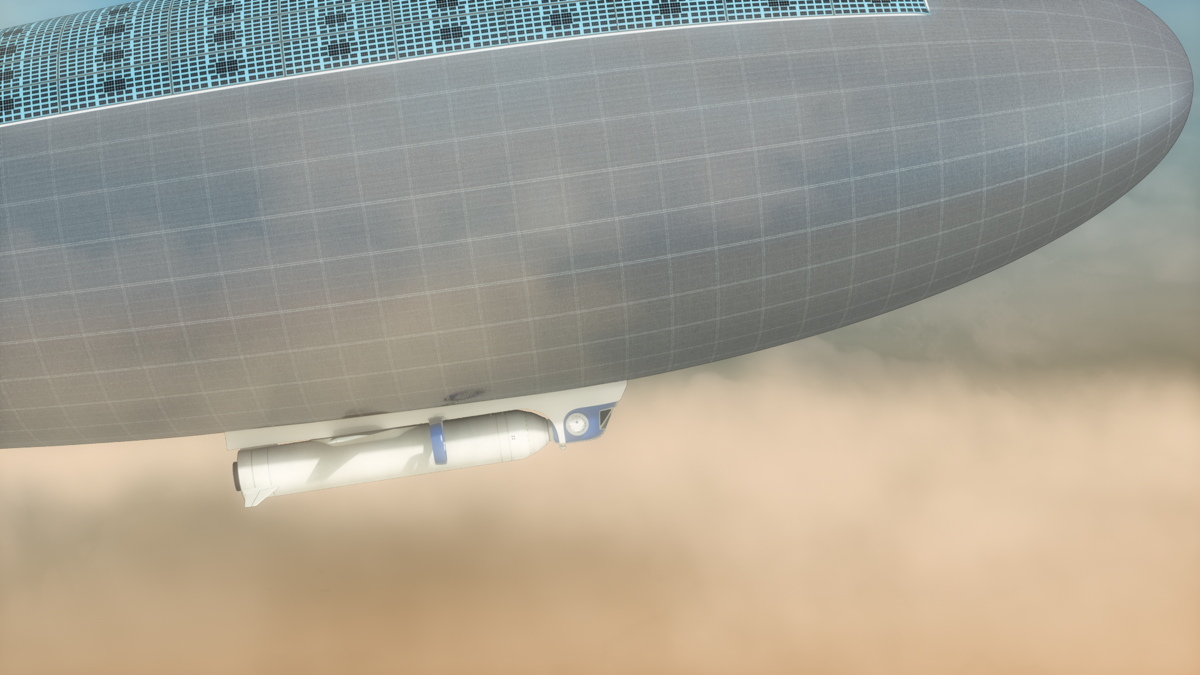If Life is confirmed in Venus’s upper atmosphere then the case for a crewed research base is strengthened. Russia, when it was part of the USSR, studied habitat designs for floating around the atmosphere back in the early 1970s. NASA didn’t really catch the Venus bug until the 2010s, after a number of studies posited Venus might’ve had oceans until relatively recently in geological time. Thus the above design from a team who dubbed it “HAVOC”.
The individual airships have an Earth Return Vehicle for a gondola…
Mission over. the two person capsule would be carried back to orbit to rendezvous with a larger Earth Return Habitat. While they’re in the atmosphere the much larger multi-airship habitat would provide leg-room, lab facilities and the start of in situ resource utilization. However, if there is Life, then question is whether we can share the atmosphere in a large way with it. Potentially a human presence could develop into a new symbiosis with the native lifeforms, or we could prove inimical to each other. Only up-close study can tell us.


